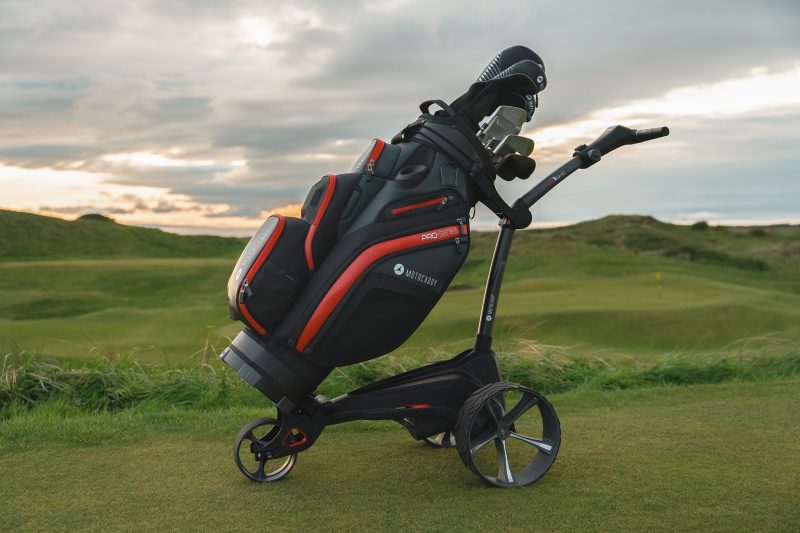When I arrived at Heathrow Airport one evening, I dropped my phone in just the wrong way. The screen shattered, leaving me unable to see anything. Suddenly, everything I needed—boarding passes, debit and credit cards stored in Google Wallet, hotel confirmations, Google Maps, and messaging apps—was gone.
I couldn’t even buy a ticket to my hotel. A police officer kindly helped by giving me a paper ticket to Victoria Station, where I managed to find an electronics shop and buy the cheapest smartphone I could just to stay connected. Since that day, I’ve been extra cautious: I always travel with a protective case, and I’ve learned a few tricks about securing both the phone itself and the sensitive data inside it.
Why Phone Protection Matters More Than Ever
Smartphones are not just communication devices—they’ve become wallets, boarding passes, ID cards, and maps. Losing one while traveling can feel like losing everything.
And it’s not just clumsy drops that are the problem. Theft is on the rise. In the UK, nearly 29% of adults reported being victims of mobile phone theft in 2025, up sharply from 17% in 2023. London alone accounted for around 42% of all UK phone thefts in 2024, with more than 80,000 phones stolen in the city that year. Nationally, about 826,000 people had their phones stolen—roughly 2% of mobile owners.
The problem isn’t limited to the UK. In the United States, studies show that distracted mobile phone use has contributed to nearly 30,000 pedestrian injuries over a decade—proof that phones can make us vulnerable in more ways than one.




How to Protect Your Mobile Device While Traveling
1. Use a Protective Case and Screen Guard
It sounds simple, but a rugged case or tempered glass screen protector can save you from both costly repairs and massive inconvenience. Here, we’ve curated a list of the best designer phone cases available for purchase online.
2. Back Up Before You Go
Cloud storage like Google Drive or iCloud can be a lifesaver. Forward your boarding passes and hotel confirmations to a separate email—or print them out.
3. Save Offline Essentials
Download an offline map or alternatives to Google Maps and save travel documents as PDFs. Keep a written copy of hotel addresses and emergency contacts.
4. Lock It Down
Always use a biometric lock (fingerprint or face ID) plus a strong passcode. It makes it harder for thieves to access sensitive data if your phone is stolen.
5. Enable Remote Tracking and Wiping
Turn on Find My iPhone or Find My Device. If your phone disappears, you’ll have a chance to locate, lock, or erase it remotely.
6. Be Careful with Public Wi-Fi
Public networks in airports, hotels, and cafés are convenient but risky. Hackers often target these hotspots. If you must connect, use a VPN.
7. Carry a Backup Plan
A cheap spare phone or a paper printout of key documents can keep your trip on track if disaster strikes.
8. Stay Alert in Crowded Areas
In cities like Barcelona or London, phones are often stolen when people stop to take photos or check directions. Keep a grip on your device, and avoid flashing it in busy areas.
9. Watch Out for Juice Jacking
Public USB charging points can hide malicious hardware. Bring a power bank or a USB data blocker for safe charging. By the way, power banks are prohibited from use during the Emirates flight and cannot be charged using the aircraft’s power supply.
10. Insure Your Device
If you’re traveling for longer trips or internationally, you can protect your gadgets by considering device insurance that covers both breakage and theft abroad.
The Scale of the Problem
- 425% increase in phone theft insurance claims since 2021 (UK survey data).
- 826,000 users in the UK had phones stolen in 2024.
- 42% of all European phone thefts happen in Britain, disproportionately in London.
- 29% of UK adults reported being victims of phone theft in 2025.
- 30,000 pedestrian injuries in the US over a decade linked to phone distraction.
These figures highlight just how vulnerable phones—and by extension, travelers—can be.
My Go-To Travel Gear
After my Heathrow mishap, I always travel with:
- A rugged case (OtterBox Defender or similar).
- A waterproof pouch for beach or rainy trips.
- A portable charger and cable.
- A printed copy of tickets and hotel details, just in case.
This may sound over-prepared, but when your phone is both wallet and travel guide, it’s worth the peace of mind.
Traveling with a phone is unavoidable today (unless you are doing a digital detox for some time) — it’s your lifeline for everything from transport to payment. But with thefts rising and accidents inevitable, protecting it should be as important as carrying your passport. A little preparation—physical, digital, and mental—goes a long way to keeping your trip on track.
My Sources
Centers for Disease Control and Prevention (CDC), “Mobile phones and pedestrian injury” (2013).
Financial Times, “Phone theft rising sharply in UK” (2025).
The Guardian, “UK leads Europe in mobile thefts, London worst hit” (2025).
The Times, “Two in five phones stolen across Europe are in Britain” (2025).










